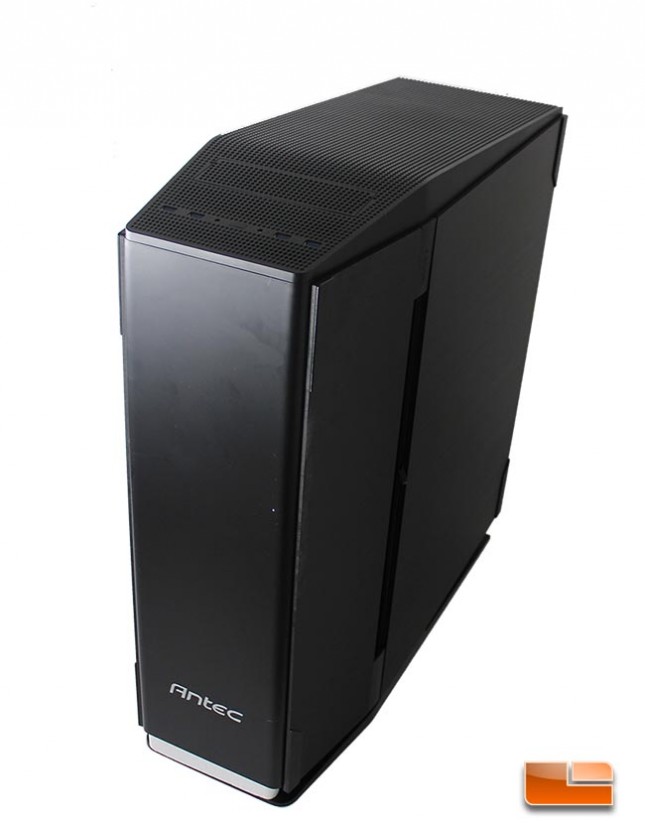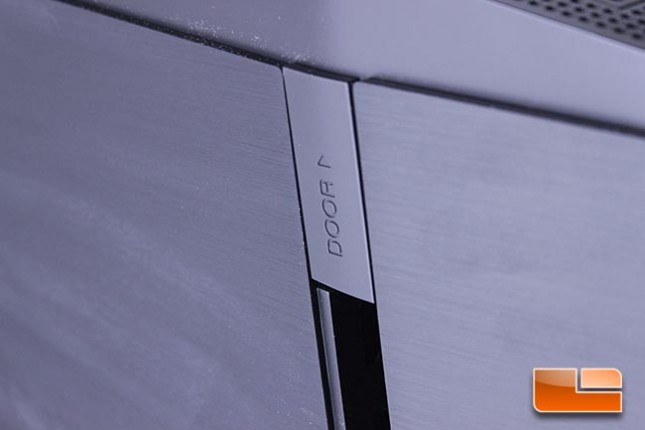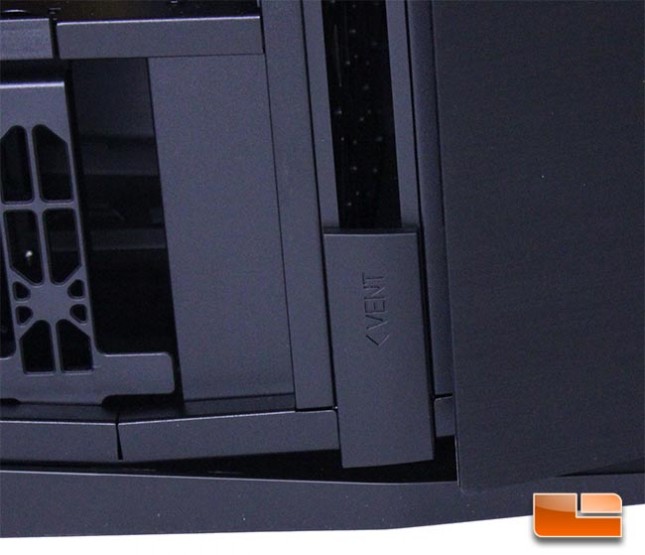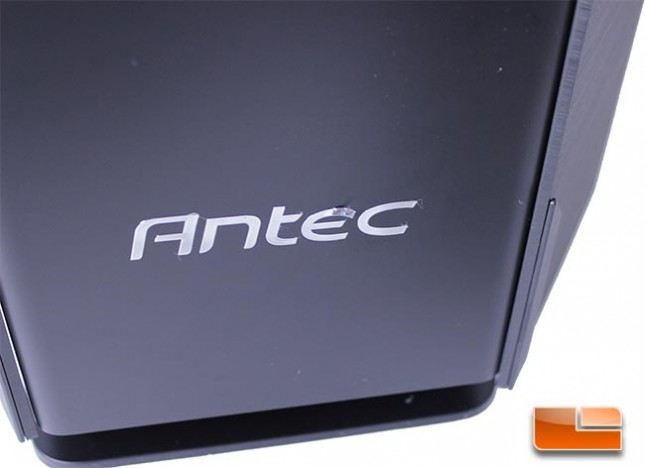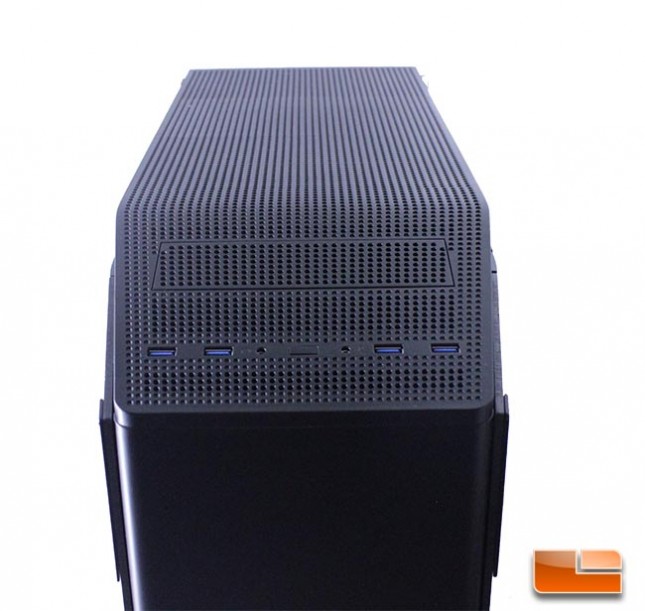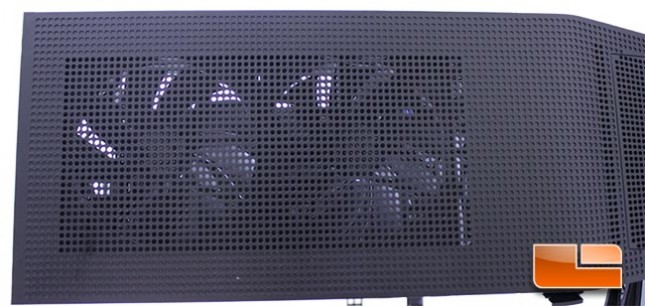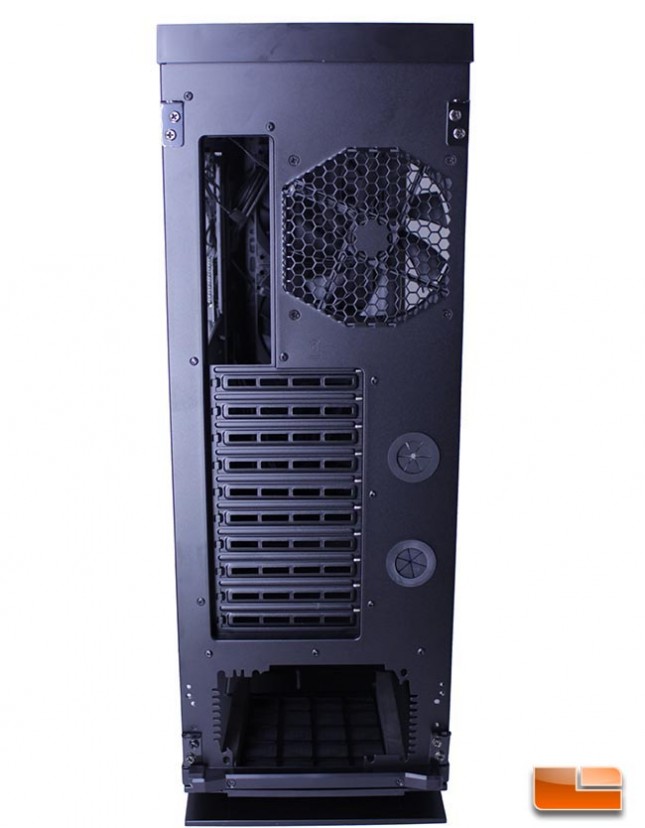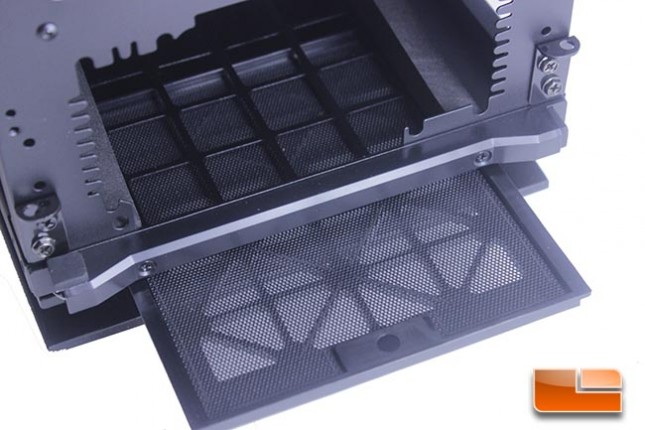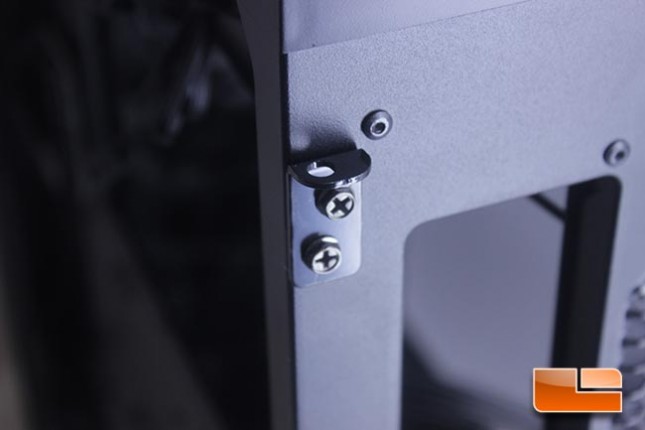Antec Signature Series S10 Full Tower EATX PC Case Review
Antec Signature Series S10 Full Tower E-ATX Case External Impressions
The primary external feature of the Signature Series S10 are the heavy, beautiful, 4mm thick aluminum side panels. There is no windowed side panel option, which is going to be a factor for many enthusiasts. Antec expects that users building into the Signature Series S10 are going to be making the case the focal point of their build. The tempered glass version of the Signature Series S10 is reflective and hard to see through, but will offer a better view of internal hardware.
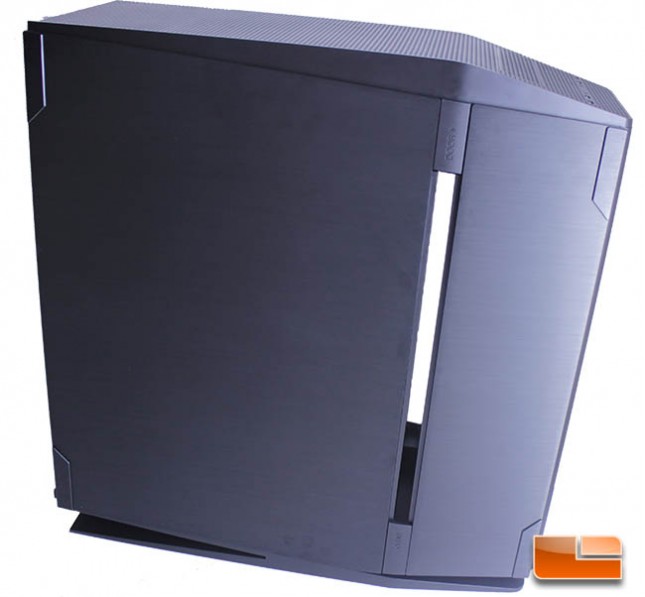
The side panels are very thick, heavy and reinforced at the corners where they attach to the case to prevent long term damage or loss of shape. Since they are made of brushed aluminum, these panels will pick up dust and fingerprints very easily.
There are individual tabs that you push to open the case doors, with the word “Door” clearly labeled on them so you are aware of their function.
The tab on the bottom is similar to the door release tab and allows you to remove the filter for the primary chamber fans so that it can be cleaned on a regular basis.
The Antec logo is cleanly displayed on the lower portion of the front panel in silver lettering. In fact, the only thing on the front panel at all is the Antec logo. Our sample came with the lettering already peeling up and a quick wipe caused the stickers to lift even more. With the Signature Series S10 being a premium priced chassis, you’d think Antec would opt for a metal logo, like other manufacturers. They could have at least gone with a higher quality sticker. This just screams cheapness, which shouldn’t be happening on such an expensive case.
The top panel is very simplistic and features four nicely spaced out USB 3.0 ports, headphone and microphone ports, along with a very small power button. The power button has a very spongy feel to it and depresses quite a bit, allowing it to be caught under the case, which is something I wouldn’t expect out of a premium chassis in this price range. We like the way the top panel slopes down to give the case an aggressive look, almost similar to the hood of a race car.
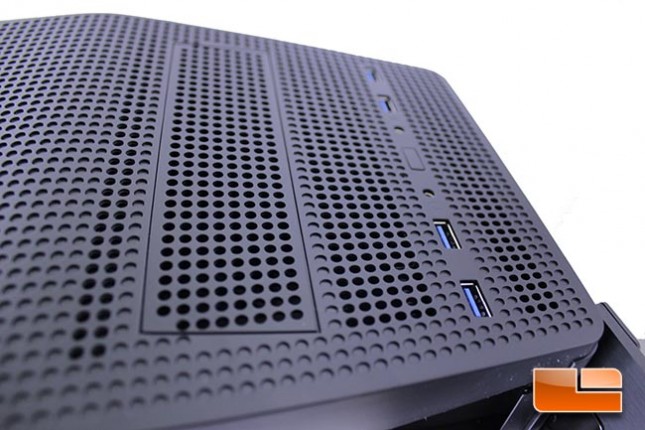
While there is a 5.25″ inch drive bay cover on the top of the case, the area beneath the cover is very shallow and won’t accommodate much more than a short fan controller or card reader. Perhaps Antec will be selling modules later on to use in this bay or planned on using it for something and later scrapped the idea?
The top panel features vents from front to back and dimples where there are no vents to keep the look uniform. The front chamber draws air in through the top while the chamber that houses the motherboard uses the top vents as an exhaust. This design is simple enough, but there isn’t a top panel filter or any noise-blocking covers to keep dust from falling into the case, which is a letdown given the price point of the Signature Series S10. Rather than remove the top panel to work with fans or add a radiator, which is possible, you can simply remove the included fan bracket via thumbscrews, as the top fans are mounted similar to how the front fans are mounted.
The rear of the Signature Series S10 reminds us a lot of the Nineteen Hundred and shows us the impressive PCI-E expansion capabilities of the case. The 120MM fan vent is slightly pushed out to reduce noise and keep fingers safe. There are just two rubber grommets for watercooling and the back of the case is void of any GPU area ventilation, as we’ve seen on many other enthusiast chassis. These rubber grommets are properly fitted and don’t have any issues with falling out due to being too loose.
The filter for the PSU is easily removable from the back of the chassis for cleaning. This filter is like the others and is an open mesh style that will let smaller particles through, so you would still want to take some compressed air to your PSU often to keep dust from building up.
The side panels are held on by brackets that are screwed into the rear of the case. The brackets appears to be well-built and strong, so they should hold up fine over time, though the plastic tabs holding the side panels onto the brackets are a cause for concern.
Why does such an expensive case have a huge plastic base with no rubberized feet? Cheap cases feature rubberized feet or even complete rubber strips on the bottom of the feet to aid in noise reduction, but Antec is just giving us huge plastic. The base has a unique shape, holds up well and keeps the case stable, but it definitely could be improved on to give the end user a better sense of quality. Since the case is so heavy, we didn’t have any issues with it sliding on glass desk surfaces.
The unique shape and style of the Signature Series S10 is bold and visually appealing, though I feel that the there is too much plastic here and that it takes away from the overall visual appeal, as well as build quality, of the case. The aluminum side panels are manufactured well and look great, though. The shape of the case is unique and flows nicely, with the sloping front giving the Signature Series S10 an aggressive, yet subdued look. I only wish that Antec had used more aluminum on the exterior, as excessive plastic on such a premium product is tacky. I understand that aluminum costs more than plastic, but this is a $370 case and other cases that cost a lot less are built with full aluminum construction. We also are concerned with the quality of some of the external components, such as the Antec logo sticker and plastic base. While the base arrived without damage, we have to wonder why such an expensive, heavy case, is being supported by plastic? Plus, the base has no rubberized feet, so vibration and noise will transfer more easily.

